We are very excited to introduce the next feature-filled version of Plexus. Plexus has been very well received by the community and we love seeing all the work that is created with it. We have also received numerous requests asking for new features and have put tremendous effort into developing these new features.
There are many new exciting possibilities using the new version and we hope it’ll be an invaluable part of your toolkit.
You can watch the Quick Demo of some of the new features in Plexus or scroll down to see the list of new features. Also be sure to checkout some great new pieces created by our beta testers using Plexus 2.
Plexus 2 is now available!
Note: If you’ve purchased Plexus on after July 1st, you’ll get Plexus 2 for free. If you purchase it before July 1st you can upgrade for $99.99.



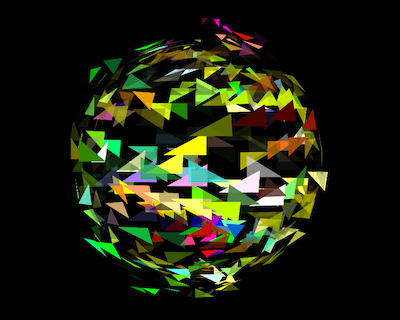



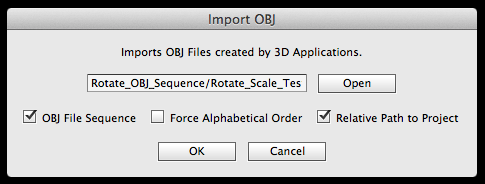
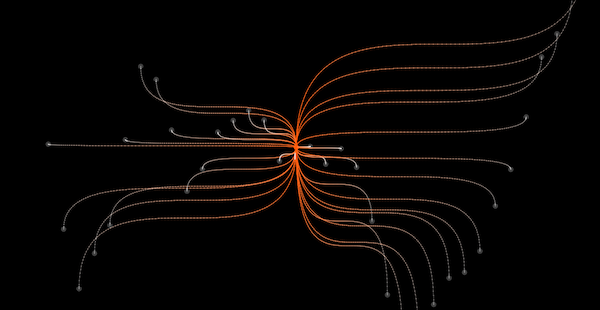
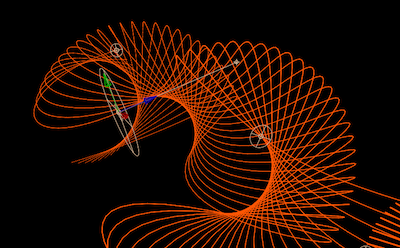
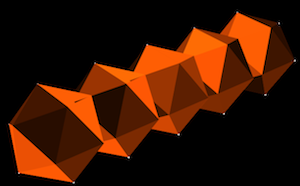
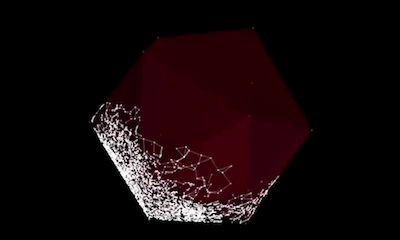


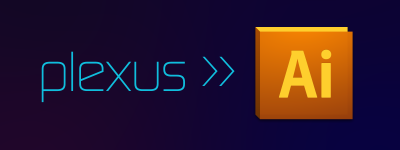
Comments